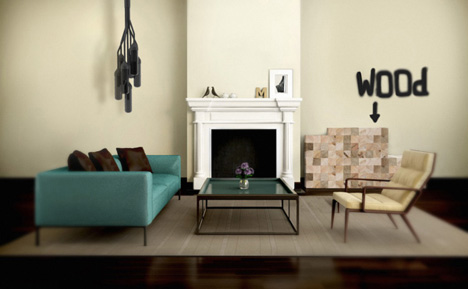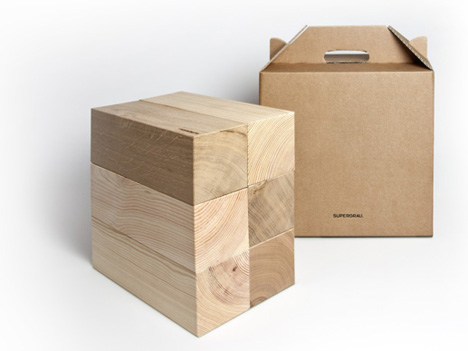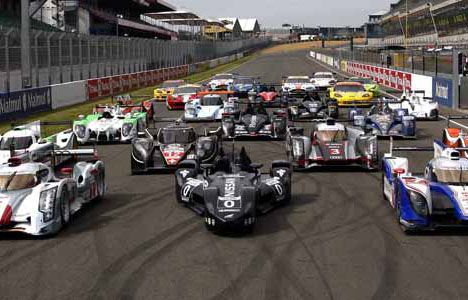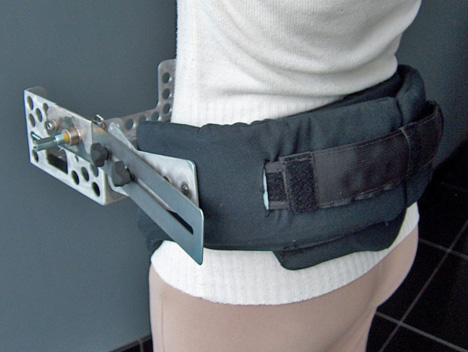Every now and again, we see a concept bike that incorporates a hubless wheel, typically a bicycle, which is invariably met with backlash such as: "the hubless wheel is a hallmark of naïvety." Yet idealistic designers continue to pursue the void—hell, we've even seen a prototype of a bicycle with a hubless wheel—and there's no denying that it's a striking form factor. It seems that the judges of the Red Dot Award concur, noting that the hubless wheel "captivates due to its exceptional ergonomics."

Of course, they're not referring to a vehicle but a rather more mundane (or, conversely, practical) object: the Rösle Pizza Wheel.
Thanks to the innovative, patent construction with a rounded, free-running blade, the pizza wheel glides quickly through the fresh pizza, without causing the topping[s] to displace. The stable, stainless steel blade is sharpened on both sides and assures exact and effortless work. The pizza wheel can be easily dismantled for cleaning.

The Pizza Wheel turned up in our forums (in a thread about "Good design you love to have," no less) where member mo-i notes that a pair of Americans—Jessica Moreland & Chris Hawker of Trident Design—came up with the design for the German kitchenware company. Although the hubless blade goes by a different moniker on the Columbus, OH-based consultancy's website, it didn't require much digging to learn more about the Pitzo: Moreland and Hawker are duly proud of the recognition they've received, and the backstory is available on the microsite:
The Pitzo Pizza Cutter was conceived in 2009 by Jessica Moreland, an industrial designer working at Trident Design, LLC, a product design and invention development lab... While on a scouting trip to Bed, Bath and Beyond with Chris Hawker, president of Trident, it was noted that the pizza cutter was a product that could use some fresh eyes.
 The plastic version is available at Walmart, among other retailers
The plastic version is available at Walmart, among other retailers




























 Hou Zhengguang
Hou Zhengguang Ding Wei
Ding Wei

 Hou Zhengguang - "Beautiful Mountains"
Hou Zhengguang - "Beautiful Mountains" Hou Zhengguang completed his Masters in Furniture Design in the UK before returning to Shanghai, where he's currently a designer at
Hou Zhengguang completed his Masters in Furniture Design in the UK before returning to Shanghai, where he's currently a designer at  Hou Zhengguang - "Collective of Individuals"
Hou Zhengguang - "Collective of Individuals" Carl Liu - "Eames"
Carl Liu - "Eames"













 Here's the Proto Labs mill that made our trophies!
Here's the Proto Labs mill that made our trophies!















